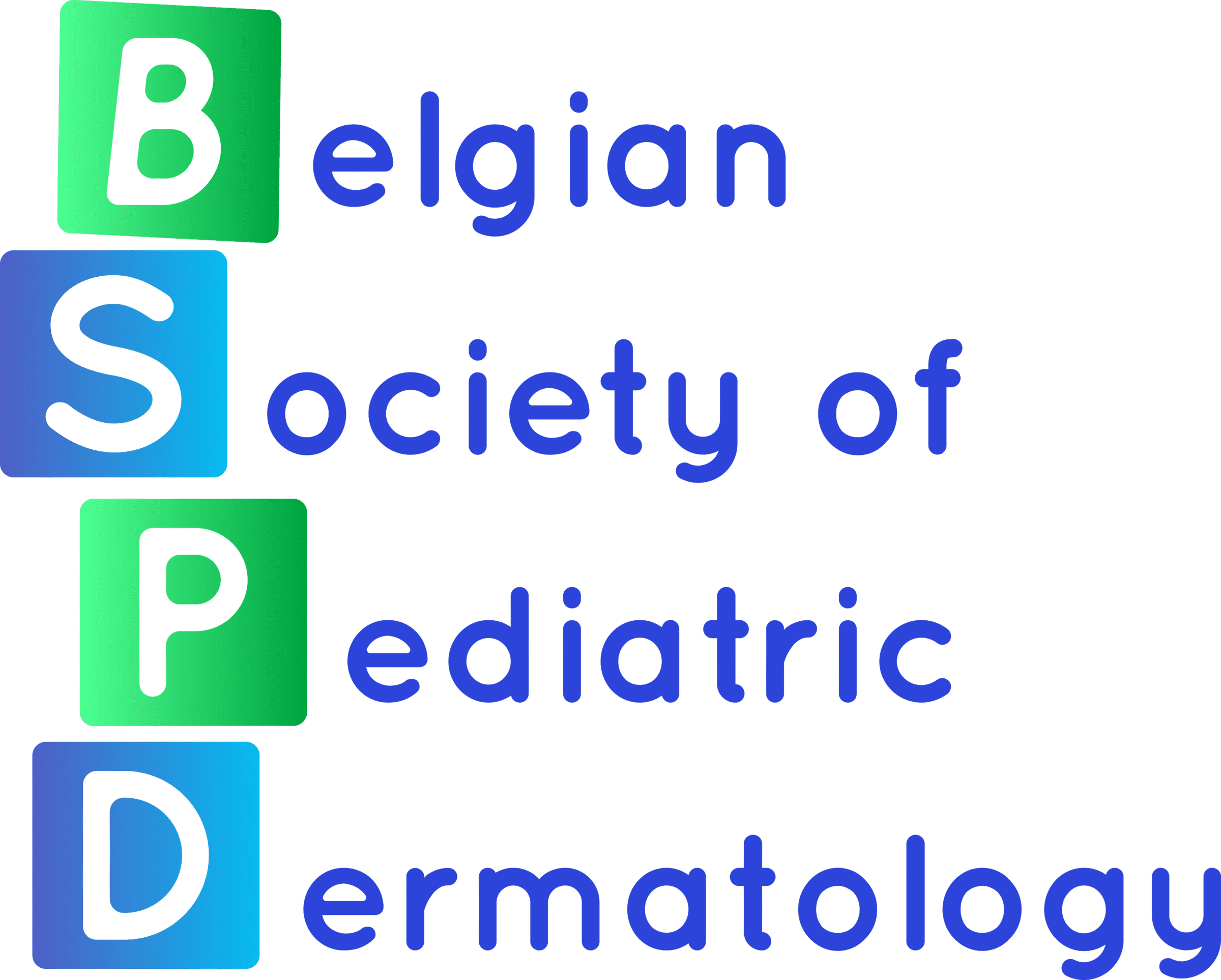2 cases of cutaneous leishmaniasis have presented to our Pediatric Dermatology Clinic at the UZ Brussel.
The first , a 7-year-old girl, had a single slowly growing asymptomatic plaque on her forehead for several months, while the second, a 6-year-old girl, had 3 asymptomatic lesions growing simultaneously on her right wrist, left and right cheecks. Both had no memory of prior insect bites. A punch biopsy was performed, and histolopathologic examination confirmed the diagnosis of leishmaniasis. Further tissue PCR showed Leishmania Infantum in both cases.
L. Infantum is endemic in the Mediterranean Region, and is known to favour children, hence the name ‘infantum’. It is also notorious for it’s tendency to cause mainly visceral leishmaniasis and less commonly cutanous or mucocutaneous forms of the disease. Considering this, we performed clinical and laboratory screening for visceral involvement in both girls, which were repeatedly negative.
The main therapeutic agents for leishmaniasis remain pentavalent antimonials, but because of side effects and the painful parenteral or intralesional administration, alternative therapies, especially in children, have been investigated, namely azole antifungals. A few authors have suggested these agents as second line therapy for leishmaniasis.
We decided to treat both children with a combination of contact cryotherapy and systemic azoles. The first girl recieved fluconazole 6mg/kg/day for a total of 8 weeks and 5 sessions of cryotherapy. The second case, who had a slower progress, recieved itraconazole 7mg/kg/day for a total of 11 weeks and 8 sessions of cryotherapy. In both cases complete clearance was achieved with negligible scarring and no recurrence at subsequent follow ups.
Our cases confirm the efficacy of oral azoles in the treatment of cutaneous leishmaniasis. Especially in children they can serve as a valid treatment option because of their safety profile and easy management.
Reference
Pediatric Old World cutaneous leishmaniasis treated with oral fluconazole: A case series. Michelerio A, Barruscotti S, Bossi G, Brazzelli V. Pediatr Dermatol. 2018 May;35(3):384-387. doi: 10.1111/pde.13493. Epub 2018 Mar 26.
L. De Brucker, S. Abdelhadi, L. De Raeve
Department of Dermatology UZ Brussel, Vrije Universiteit Brussel.
